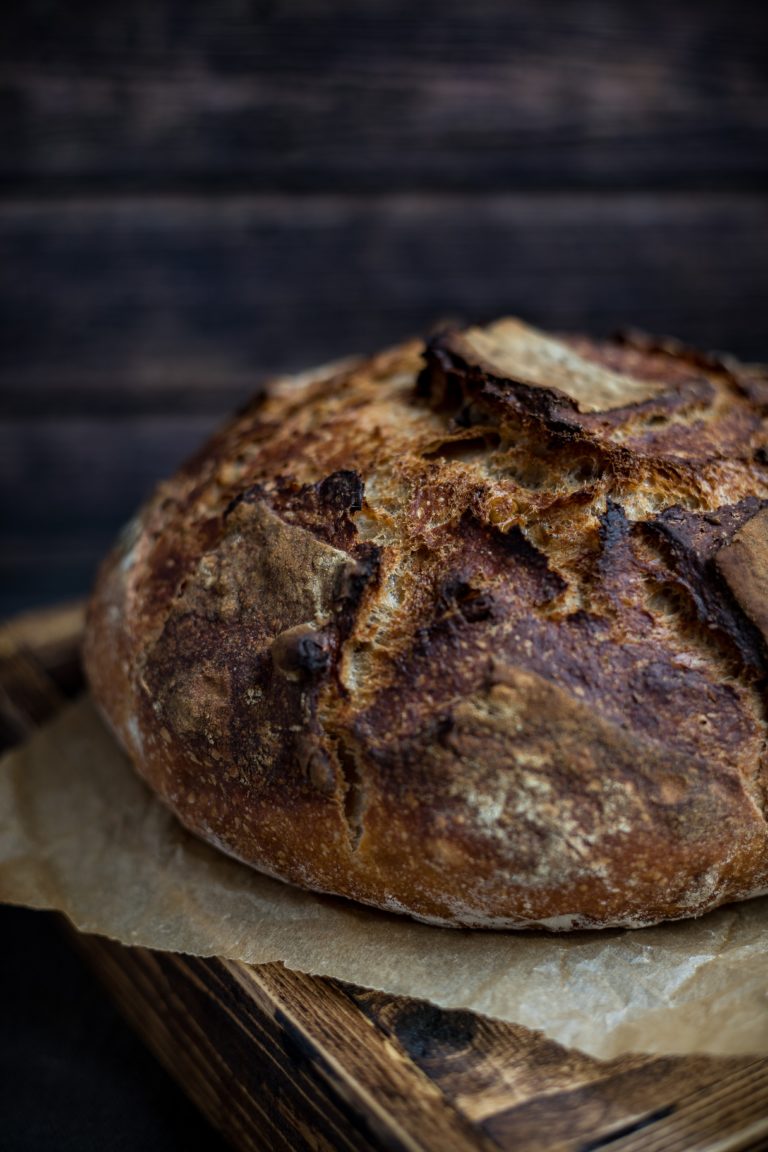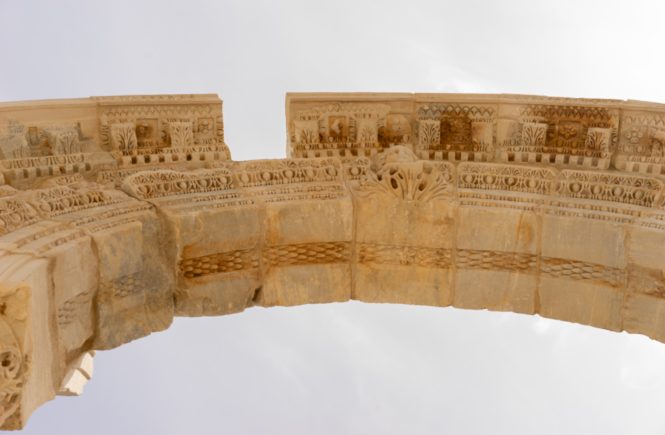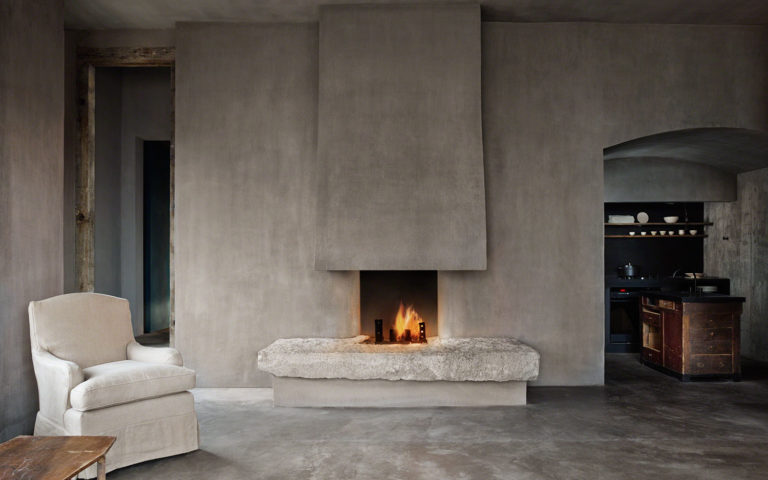“Vesta is the same as the earth, both have the perennial fire: the Earth and the sacred Fire are both symbolic of home.”
Ovid
This is part of a series that explores mythical goddess energies that are closely connected to our surroundings, creativity and most importantly, our homes.
At a time when solar power is expanding and the light is strengthening (even if we can’t see it for the clouds!), I am drawn to Vesta, Roman fire goddess of the hearth and home who embodies both outer warmth and inner glow. Both themes feel fitting as we move into official springtime, which is simultaneously ignited by the fiery potency of Aries season.
Hearth, home & community.
An unseasonably warm February morning led me to the pastel hues of Notting Hill and the haven of Life Space Healing, host to luminous LA-based author, Kundalini yogi and founder of RA MA Institute, Guru Jagat. Though Kundalini yoga is not my usual jam, I felt at ease soaking up the glorious frequency of Guru Jagat’s lustrous wisdom, communicated effortlessly, sprinkled with her relatable tales and light-filled humour.
I absorbed many insightful gems during the workshop but it was the simplicity of the words “the destruction of the home is the destruction of society” that stayed with me. Although not a revolutionary realisation, the statement reinforced and reminded me of the everyday truth that underpins what is intrinsic to THE THREAD JOURNAL.
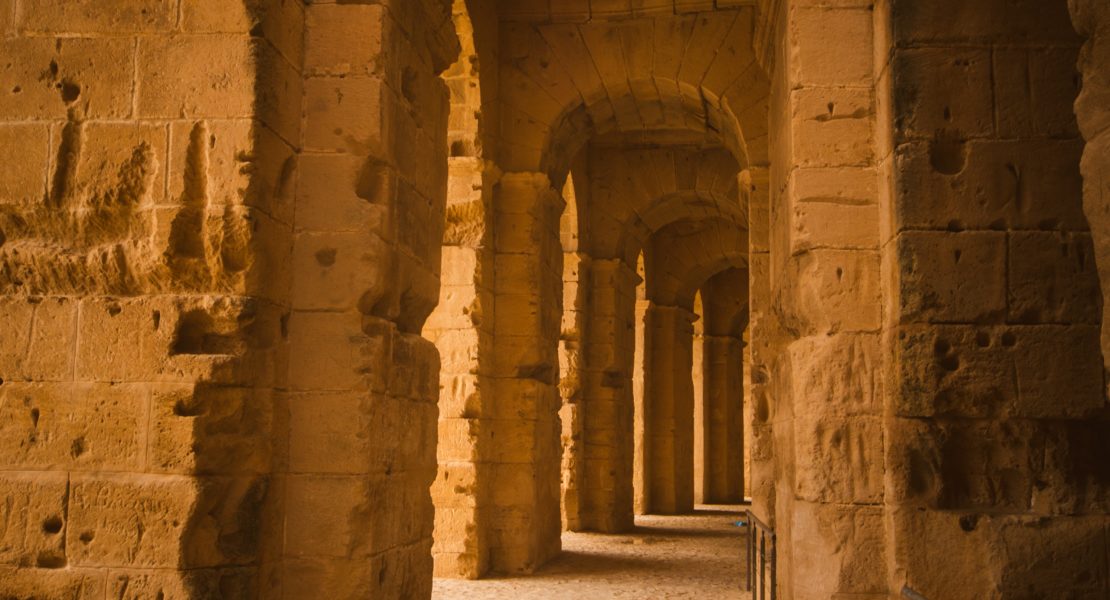
Home is where the hearth is.
Throughout the ages, the concept of home has been synonymous with ‘the hearth’ and a dutiful upholding, tending and nurturing of a flame – encapsulated and immortalised by the popular phrase ‘keep the home fires burning’ that came from the First World War song of the same name.
A hearth is a brick or stone-lined fireplace, used for heating and cooking food. For centuries, the hearth has been an essential part of a house, usually its central and most important feature. The existence of the hearth dates back millennia to prehistoric campsites and the word itself derives from an Indo-European root *ker, meaning burning, heat or fire and also seen in the word carbon or CARbonem (charcoal, ember) and the Greek, keramos, (ceramic earthenware). As well as signifying the home as a whole, ‘hearth’ can also represent a vital or creative centre within a person, or a civilisation as a whole.
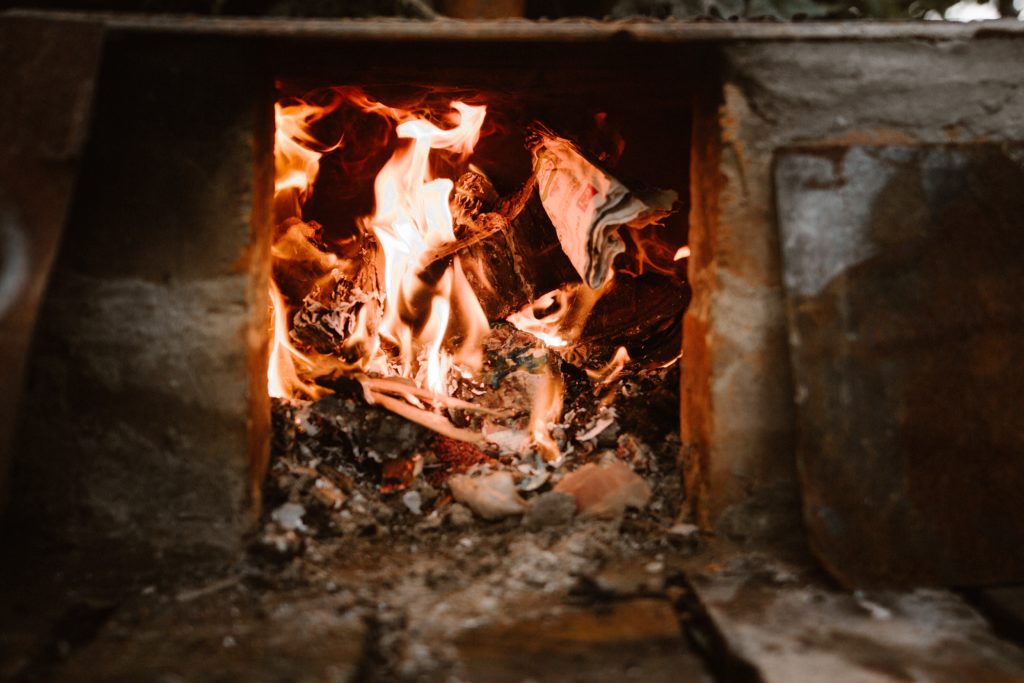
The sacred flame in Ancient Rome.
In Ancient Rome, the hearth was used not only for cooking and heating, but as the gathering place for the family and was associated with daily rituals with both practical and spiritual aspects. The Romans deeply revered Vesta, the deity of the home and the hearth, a fire goddess who was called upon to cultivate inner and outer warmth.
Roman poet Ovid said: “Vesta is the same as the earth, both have the perennial fire: the Earth and the sacred Fire are both symbolic of home.” Much like Guru Jagat’s words, the sacred flames of the hearth were believed to be indispensable for the preservation of community and the continuity of the Roman state.
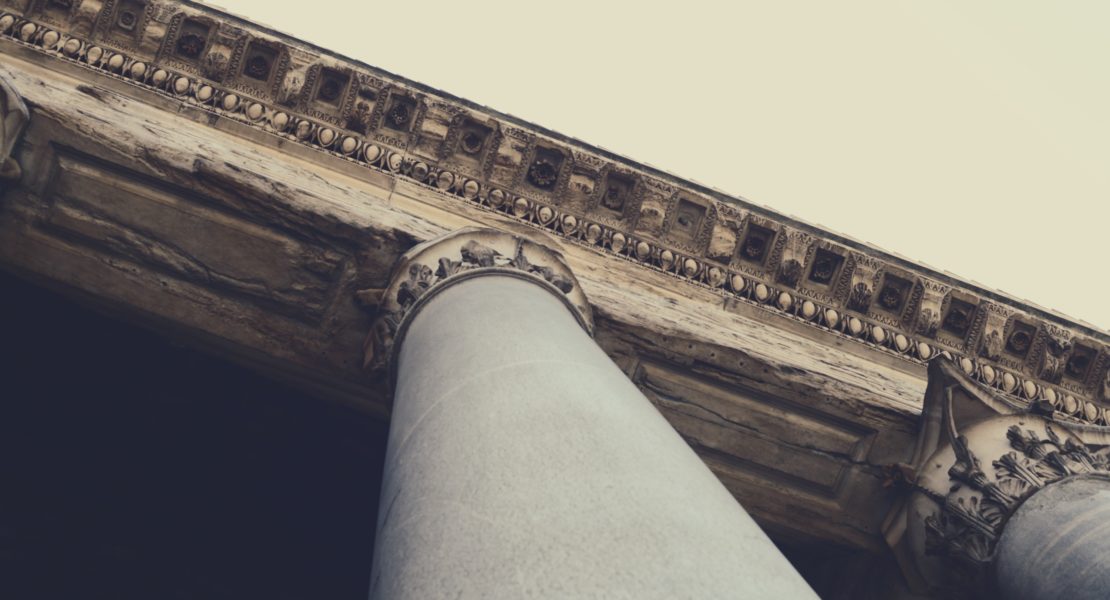
The priestesses of Vesta.
As such, a temple in Vesta’s honour bore a sacred flame that burned continually and was tended to by six female priestesses of Vesta, known as the ‘vestal virgins’ (due to their vow of celibacy during their 30 year priesthood). By maintaining Vesta’s flame, they functioned as ‘housekeepers’ for all of Rome, leading them to become a powerful and influential force in society. Unlike other Roman women, they were free to own property, make a will, vote and free a slave just by their touch.
Spark of consciousness.
Whilst the physical element of the domestic flame represented the strength of society in Ancient Rome, the energetic flame of Vesta represents our inner glow, described as the “undying flame within your soul, and it is the light, seed and spark of your consciousness” in the Goddess Guidance Oracle cards.
By dutifully and tenderly looking after ourselves and bringing warmth to our surroundings, we can amplify the fire element, cleanse our energy to bring vitality and burn our brightest. We can learn from the Roman devotion to Vesta that the boundaries between our interior and exterior worlds are semi-permeable and that we have the power to evaporate our barriers, allowing our inner and outer flames to intertwine in a dynamic dance of transformational alchemy.
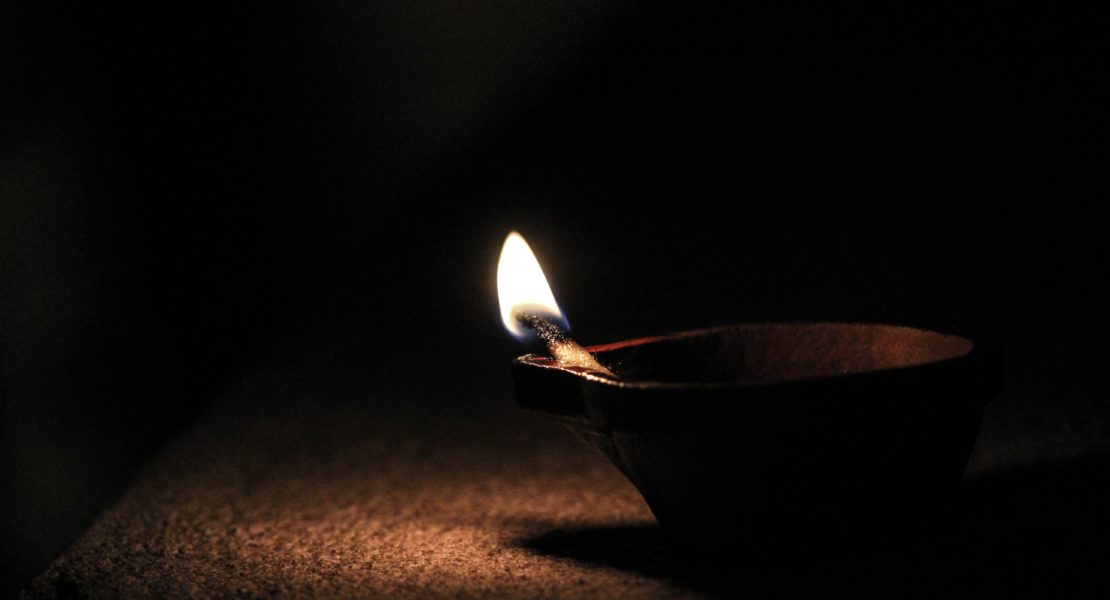
Rituals and symbols to invoke Vesta to bring warmth to your home or to guide any changes in your living situation,
* Cleanse your space with fire rituals such as smudging with sage or Palo Santo, see Leila Sadeghee’s tips for using fire to purify your space.
* Bring warmth into your home – light a fireplace or candles in your home, add cosy layers such as cushions and throws. By tending to the warmth in your surroundings your inner flame is recharged which in turn, “cleanses away negativity and brings in the new with vigour and irresistible invitation”, according to Goddess Guidance Oracle Cards.
* Have a salt bath – use Epsom bath salts for a ritual cleansing bath that will purify your body’s energy field, leaving you to feel renewed.
* Make/eat homemade baked goods – Vesta was also the goddess of baking. On 9th June, the Vestal virgins made mola salsa a cake-like bread, using sacred salt and water from the holy springs to be offered up to Vesta. The bakers on this day would take the day off to commemorate the time when the bread was made in the sacred ashes of the hearth–Vesta’s domain.
